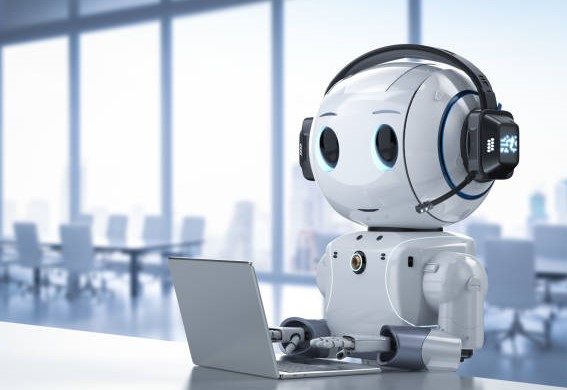Customer service and communication are among the areas where artificial intelligence (AI) chatbots are widely used. These chatbots are computer programs that can talk to human users using natural language, either through text or voice. They can offer information, respond to questions, fix issues, or even amuse and connect with customers. But do they help both businesses and consumers? Or do they have some drawbacks and difficulties that need to be solved? In this article, we will examine the advantages and disadvantages of using AI chatbots for customer service and communication, and how they can influence the performance, effectiveness, and happiness of both sides.
The Pros of AI Chatbots
AI chatbots have many advantages for customer service and communication, such as:
Cost-effectiveness: AI chatbots can reduce the operational costs of customer service by automating repetitive tasks, handling large volumes of requests, and providing 24/7 service without human intervention. This can save time and money for both businesses and customers.
Scalability: AI chatbots can scale up or down according to the demand and complexity of customer requests. They can handle multiple conversations simultaneously without compromising the quality or speed of service. They can also adapt to different languages, platforms, and devices to reach a wider audience.
Consistency: AI chatbots can provide consistent and accurate information and solutions to customers without human errors or biases. They can follow predefined rules and guidelines to ensure compliance and quality standards. They can also maintain a friendly and professional tone throughout the interaction.
Personalization: AI chatbots can personalize the customer experience by using natural language processing (NLP) and machine learning (ML) techniques to understand the context, intent, and preferences of customers. They can tailor their responses and recommendations based on the customer’s profile, history, behavior, and feedback. They can also use emoticons, emojis, gifs, or images to enhance the emotional connection with customers.
The Cons of AI Chatbots
AI chatbots also have some disadvantages for customer service and communication, such as:
Lack of empathy: AI chatbots may lack the human touch and empathy that customers expect from customer service agents. They may not be able to understand the emotions, nuances, sarcasm, or humor of customers. They may also fail to handle complex or sensitive situations that require human judgment or intervention.
Lack of trust: AI chatbots may face trust issues from customers who are skeptical or uncomfortable with sharing their personal or financial information with a machine. Customers may also doubt the credibility or reliability of the information or solutions provided by chatbots. They may prefer to talk to a real person who can verify their identity and provide more assurance.
Lack of creativity: AI chatbots may lack the creativity and flexibility that customers appreciate from customer service agents. They may not be able to generate new ideas or solutions that are not in their database or script. They may also struggle to handle unexpected or novel requests that require improvisation or innovation.
Lack of feedback: AI chatbots may lack the feedback mechanism that is essential for customer service improvement. They may not be able to solicit or receive constructive feedback from customers on their performance or satisfaction. They may also not be able to learn from their mistakes or failures and improve their skills or knowledge over time.
Thoughts
AI chatbots are a powerful tool for customer service and communication that can offer many benefits for both businesses and consumers. However, they also have some limitations and challenges that need to be overcome or mitigated. Therefore, it is important to design, develop, deploy, and evaluate AI chatbots with care and caution, taking into account the needs, expectations, and preferences of customers. It is also important to balance the use of AI chatbots with human agents, who can complement and supplement the capabilities of chatbots and provide a more holistic and satisfying customer experience.



